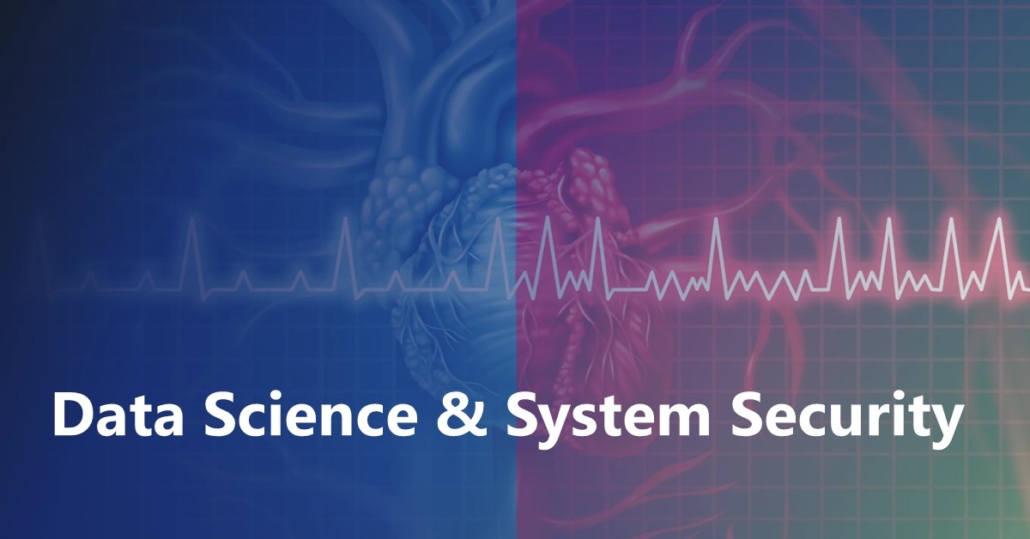Deep Multi-Instance Contrastive Learning with Dual Attention for Anomaly Precursor Detection
Prognostics or early detection of incipient faults by leveraging the monitoring time series data in complex systems is valuable to automatic system management and predictive maintenance. However, this task is challenging. First, learning the multi-dimensional heterogeneous time series data with various anomaly types is hard. Second, the precise annotation of anomaly incipient periods is lacking. Third, the interpretable tools to diagnose the precursor symptoms are lacking. Despite some recent progresses, few of the existing approaches can jointly resolve these challenges. In this paper, we propose MCDA, a deep multi-instance contrastive learning approach with dual attention, to detect anomaly precursor. MCDA utilizes multi-instance learning to model the uncertainty of precursor period and employs recurrent neural network with tensorized hidden states to extract precursor features encoded in temporal dynamics as well as the correlations between different pairs of time series. A dual attention mechanism on both temporal aspect and time series variables is developed to pinpoint the time period and the sensors the precursor symptoms are involved in. A contrastive loss is designed to address the issue that annotated anomalies are few. To the best of our knowledge, MCDA is the first method studying the problem of ‘when’ and ‘where’ for the anomaly precursor detection simultaneously. Extensive experiments on both synthetic and real datasets demonstrate the effectiveness of MCDA.


